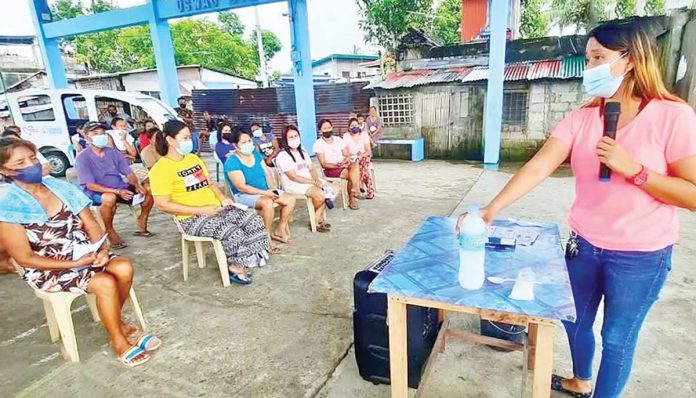
ILOILO City – The rise in acute gastroenteritis (AGE) and hand, foot, and mouth disease (HFMD) cases has sent health officials here scrambling to control the spread as the number of affected children continues to climb.
As of April 9, the Iloilo City Epidemiology and Surveillance Unit (ICESU) reported 84 cases of AGE and 44 of HFMD — marked increases from last year’s 51 and 20 cases, respectively. This sharp spike has raised alarms despite assurances that the situation is still manageable.
“These numbers, though alarming, do not indicate an outbreak, but they certainly require rapid and coordinated action,” said Dr. Jan Reygine Ansino-Hortinela, Medical Officer III of ICESU.
Heightened community surveillance is now underway to contain further spread.
Acute gastroenteritis is an inflammation of the stomach and intestines, typically caused by viral, bacterial, or parasitic infections. It is contracted through consumption of contaminated food or water or contact with infected surfaces. Symptoms include diarrhea, vomiting, stomach cramps, and fever.
To prevent AGE, proper handwashing, ensuring food and water hygiene, and avoiding unclean environments are crucial.
HFMD, which primarily affects young children, is caused by viral infections, usually enteroviruses like coxsackievirus. It spreads through direct contact with an infected person’s bodily fluids, feces, or contaminated surfaces. Symptoms include fever, sores in the mouth, and a rash with red spots or bumps on the body, especially the hands and feet.
Preventing HFMD includes frequent handwashing, avoiding close contact with infected individuals, and sanitizing surfaces regularly.
AGE is particularly affecting the city’s young male children aged one to 10 years old, with 19 cases reported in this group.
The district of Arevalo is the hardest hit, accounting for 36 of the cases, followed by Mandurriao and Molo with 11 each.
HFMD, which also primarily targets children, is most prevalent in Mandurriao with 17 cases and Arevalo with 14. The majority of patients are under the age of 10, with a near-equal gender split.
In response, the City Health Office has ramped up its efforts, working closely with barangays and schools, dispatching health workers for case monitoring, and reinforcing hygiene protocols to limit further exposure.
Surveillance teams have been mobilized across all seven districts to conduct home and school visits, educate the public, and distribute health materials.
“We’re focusing on early detection and immediate intervention,” Dr. Hortinela explained. “The quicker we act, the better we can prevent more people from getting sick.”
Mayor Jerry Treñas has directed the City Health Office to bolster monitoring efforts in neighborhoods with rising case numbers and ensure sufficient support is provided where necessary. He emphasized the importance of reporting symptoms of AGE or HFMD — as soon as they appear to help control the spread.
“We need residents to report any signs of an outbreak immediately,” Hortinela urged, stressing that timely action is key to containing these diseases./PN





